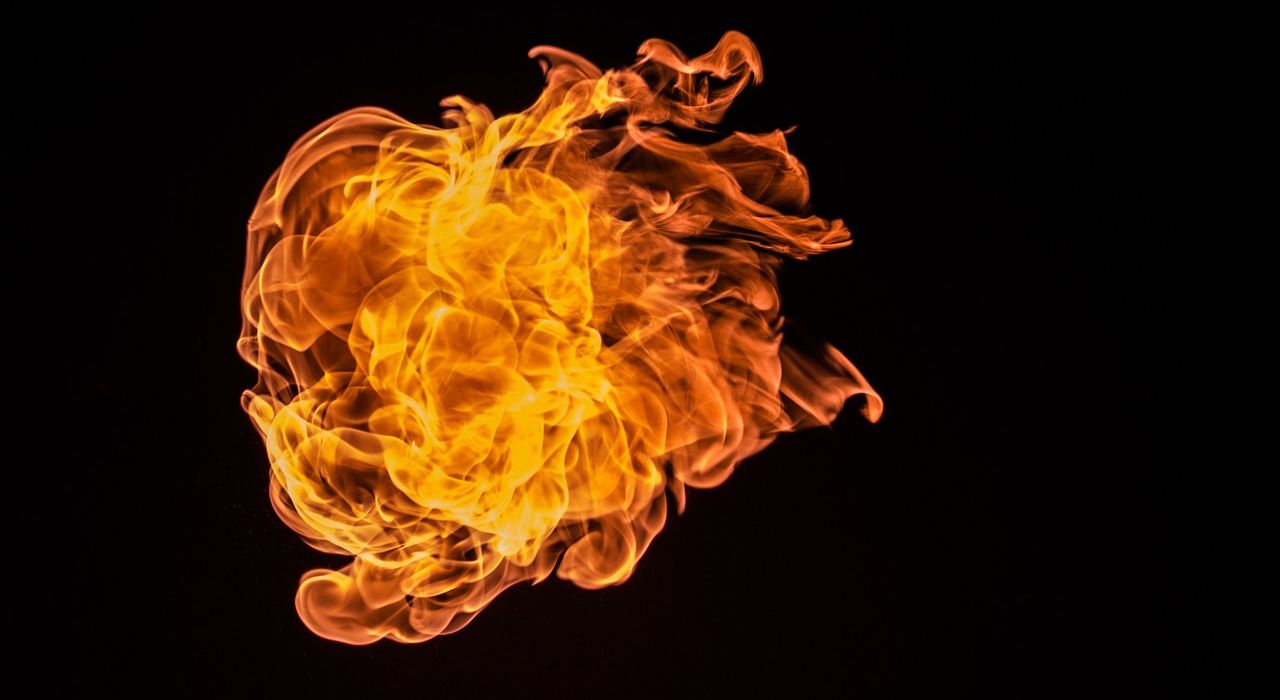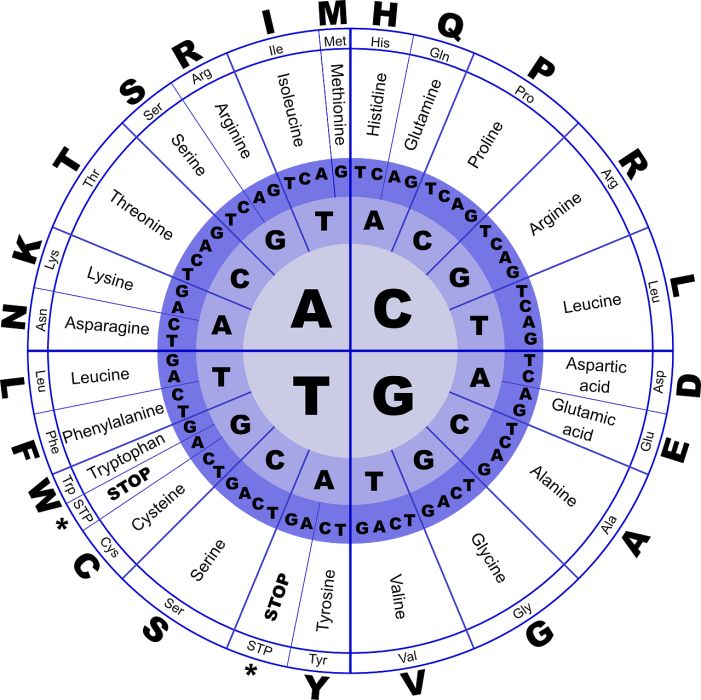Process (or method) claims recite one or more actions or steps to be performed. For example: a process for producing NaCl, comprising steps A, B and C. In contrast, product-by-process claims recite a product that is produced by a certain process. For example: NaCl, produced by a process comprising steps A, B and C.
In determining whether a process claim is obvious, a U.S. examiner compares the claimed process to the prior art, and asks whether the prior art suggests all the limitations (i.e., all actions or steps) recited in the process claim. In the example above, the examiner would assess the prior art for a suggestion of steps A, B and C.
The inquiry is somewhat different for a product-by-process claim. For infringement purposes, a product defined by a product-by-process claim is limited by the process. However, the patentability of the product does not depend on the process but on the product itself. In the example above (NaCl, produced by a process comprising steps A, B and C), the examiner would assess the prior art for a suggestion of the product (NaCl) not for a suggestion of the process (steps A, B and C). If the examiner could provide a rationale tending to show that the product appeared to be the same as or similar to that of the prior art, although produced by a different process, the burden would shift to the applicant to provide evidence establishing a nonobvious difference between the claimed product and the prior art product.
This important difference between process claims and product-by-process claims is illustrated in the recent Patent Trial and Appeal Board (“Board”) case of Ex parte Liu (Appeal No. 2020-006403).
Independent claim 1 recited:
A pot furnace low-temperature calcination method comprising:
providing a pot;
providing a flame path proximate to the pot such that heat from the flame path heats the pot;
controlling a flame path temperature and discharge rate of the pot furnace such that petroleum coke is calcined in the pot at a temperature range from 1150°C to 1220°C, the discharge rate of the pot being controlled to be 110 – 120 kg/hr; and
reducing an amount of desulfurization of the petroleum coke during calcination so that true density of the calcined coke is between 2.05 and 2.07 g/cm3;
wherein the flame path temperature is controlled to be less than 1250°C.
The examiner rejected claim 1 as obvious. In response, the applicant argued that the applied prior art did not suggest the process limitation of a discharge rate of 110 to 120 kg/hr. On appeal, the examiner seemed to apply a product-by-process interpretation to the claimed discharge rate: “It is not necessary for the reference to make or recognize the same mental correlation or relationship as appellant, nor to heat for the same reasons, as long as the product made is the same or essentially the same” (emphasis added).
The Board agreed with the applicant. The Board noted that “the claim is a method claim and not a product-by-process claim. Thus, it is the method step recitations that cannot be skipped in making an obviousness determination.” Accordingly, the Board reversed the obviousness rejection.
Takeaway: It is important to keep in mind the difference between process claims and product-by-process claims. If an examiner refuses to give patentable weight to a process limitation because he considers it to be a product-by-process limitation, this can form the basis of a successful appeal.
Judges: Franklin, Gupta, Inglese



